Rabbit Feet
Rabbit Feet: Info on healthy bunny feet, calluses on rabbit hocks, and breakdown of skin into open sores on the bottom of rabbit hocks. This page addresses all this, and how to take care of sore hocks in rabbits.
Under normal circumstances, those rabbits with at least a modicum of healthy genetic coding for sufficient fur on their foot pads will never suffer from sores on the bottoms of their feet, known as sore hocks. Well-furred foot pads go a long way in protecting rabbit hocks from developing sores.
Nevertheless, rabbits of certain rabbit breeds and rabbits with a weaker genetic makeup are more prone to sore
hocks than others. Sore hocks (sores on rabbit feet) are most often seen in...
- Thinly-padded animals. Some Rex rabbit lines get
sore hocks more frequently than other lines; not all rex rabbits have a tendency to sore hocks.
- Very large and heavy rabbits housed in all wire cages.
- Rabbit cages with very thin-gauge wire floors. If the rabbit floor is badly sagging, the gauge is too thin.
- Rabbits whose claws are allowed to grow excessively long. (Click the link for a claw trimming tutorial.)
- Unsanitary conditions.
- An animal in poor condition with a drained immune system, such as one fighting snuffles, parasites or other disease condition.
- Pet rabbits that have been bred, or in-bred, willy nilly, with no attention to the possible results in the offspring.
This is not a huge problem in rabbits used for meat production as the offspring go to market before sore hocks can set in. But in pets, poorly furred offspring are frequently sold or given away, and the bad feet genetics continue, and may be intensified, when the next family wants their rabbit to have babies. This is NOT a criticism, because participating in the care of new life is wonderful for kids.
But if you bought or obtained one of these pet-bred rabbits, and then if your rabbit develops sore hocks, the genetic background of your rabbit is far more likely the root cause of sore hocks than either wire or solid flooring. Instead of assuming the fault is solely in the wire, check your rabbit's feet for thin fur. (If you don't know whether the fur is thin or thick, ask a proper rabbit breeder!)
Keep reading for ways to support the health of your rabbit's feet, especially if they have thin fur on the hocks.
Know this: Any rabbit, anywhere, on any type flooring, can turn up with sores on the bottoms of their feet, especially if the fur pads are not dense enough on the feet or any of the above conditions occur consistently. Additionally, aging can contribute to the development of sore hocks.
Rabbits have been known to get sore hocks in various types
of living spaces, from all-wire cages which are blamed for everything, to your plushly carpeted home. Yes, carpets.
Look at those cute rabbit feet! (Thanks to our friends at Gnomestead Bunny Tree in Minnesota for this photo of pretty paws.)
All-Wire Cages and Sore Rabbit Feet
While the common tendency is to blame all-wire flooring as the exclusive cause of sore hocks, there are actually several causes, many which are unrelated to wire flooring
A LOT of research has been done on the topic, and the scientific results show there are many common factors.
Sometimes wire floors are to blame. But not always!
Wire floors are a wise caging choice IF constructed correctly. Wire cages are desirable because they are the most sanitary option.
- Heavy gauge non-rusty wire that correctly supports the rabbit's weight will rarely be the cause of sores on rabbit feet.
- Wire that is weak, thin, or excessively rusty can injure rabbit feet. Therefore, select ½” x 1”, 14 – 16 gauge wire mesh for the floors of your all-wire cages, with the heavier wire for heavier rabbits. This is ideal wire for the floors of wooden rabbit hutches as well.
- Construct the cage with the wires that are 1/2" apart placed on the inside of the cage, and being the wires that mainly support the rabbit's weight.
- Because urine and feces
can drop through the wire floor to the tray or ground below, the use of wire
floors can break the life-cycle of various parasites by eliminating the
opportunity for reinfestation. This results in healthier rabbits and
rabbits that can attain the full reach of their genetic potential.
- Rabbits frequently choose to lounge or sleep on the
wire, especially when the ambient temperature begins to rise.
- Wire floors lift the
rabbit up and out of their excrement, vastly increasing cleanliness and
reducing exposure to health-threatening ammonia fumes and disease organisms.
- Floors
of wire more closely approximate the soft ground of dirt or grass, as the
claws can drop below the surface of the wire allowing the rabbit’s weight
to be correctly distributed over the foot’s surface.
- Hard surfaces tend to push the claws upward along with the toes, disrupting the normal pressure patterns on the feet.
Where can I find top quality rabbit cages that are great for rabbit feet?
From Raising-Rabbits, of course!
Raising-Rabbits has partnered with Hostile Hare to bring you cages that exceed our rigorous rabbit housing standards.
We do not manufacture cages, but we sure recognize a well-built, predator-proof, baby-safe, bunny-feet-safe cage when we see it! We think Hostile Hare cages will serve you well for years.
Explore the choices by clicking the logo or this link!
Troubleshooting Rabbit Feet Problems
Your rabbit's paws may be perfectly safe and healthy on an all-wire floor. This is true of the vast majority of well-bred rabbits of most rabbit breeds.
But what about YOUR rabbits? Wire floors are only a tiny piece of the possibilities with sore hocks. Many other issues could be at the root of feet problems.
- Examine your rabbit's bone structure. When you lift up your rabbit, do
its feet come together under its body and nearly touch each other while
you're holding it off the ground? Or are there several inches between
them as they hang loosely?
Do the feet seem narrow or bony in structure? Or, do they seem to be thick and wide and plush? It helps if you can compare the feet of your rabbit with rabbit feet that are plush and furred on the walking surfaces. Compare rabbits of similar size and weight.
Ideally, your rabbit's feet will be both wide and widely planted.
The failure to utilize survival-of-the-fittest culling strategies (as Nature does) has resulted in increasing numbers of rabbits with inadequate anatomical structures of different sorts. Don't blame wire floors for poor bone structure.
No flooring types will completely protect the feet of rabbits with hip structure that places the feet close together, especially if the feet themselves are constructed very narrowly. These are the rabbits whose feet are most at risk for breakdown no matter what type of housing you give them (including your own wooden hutch with solid floor or carpeted home), and which would tend to fall quickly to predation in the wild. - Thin-furred rabbit hocks
will tend to break down on any surface. Frequent checks of your
rabbit's feet will help you learn whether or not it will need special
care of its feet.
- Claws that grow too long will disrupt a rabbit's weight-bearing. Long claws can also snag themselves and get broken or worse, ripped out of the paw. Keep claws trimmed, no matter what surface your rabbit lives on.
- The giant breeds should always have
available to them at least a partially solid-floored cage or hutch, or
an adequately sized clean resting mat which will allow the rabbit a respite
from the heavy weight placed on its feet. Your giant rabbit might also be fine on very heavy wire mesh which will fully support its weight without sagging, for example, 12 ga 1/2" x 1" wire. Always provide a large resting board if you are not certain the feet of your giant rabbit will be fine within the environment you have provided.
Which Resting Mat is Best for Your Rabbit?
Resting mats provide a smooth surface for bunny to sit or lounge on, especially in all wire cages. Raising-Rabbits offers two types: hand crocheted hemp mats, and Raising-Rabbits' chewable aromatherapy mats that smell glorious...
Raising-Rabbits Aromatherapy Resting Mats
Safe, chewable mats are infused with soothing lavender essential oil. Click the link to learn more or to purchase: Aromatherapy Resting Mats.
Check Your Rabbit's Paws for Problems
Flip your rabbits over and check the bottoms of their feet, especially the hind feet. What do you find?
Nuthin’ but fur?
Great! That’s the way rabbit feet should be.
A furless callus, perhaps about
the size of a penny?
This is okay, especially if there is no sign of breakdown
on the skin itself. The callus protects the foot. But, animals that like to
thump can damage the callus and cause bleeding. The callus may then heal fine.
But it's also possible that a break in the skin could get infected and fail to
heal.
What to Do: Place a resting pad of some sort in the living space of
this rabbit. Slotted plastic resting boards are excellent, as are (untreated) plywood or
wide pieces of wood. Plus monitor this rabbit’s feet regularly.
A red, possibly bleeding sore in the middle of a bare
spot on the hock?
This is classic ‘sore hocks,’ and ouch, it doesn’t
feel very good. The rabbit may be posturing up on his tiptoes to avoid pressure
on that sore, and you might have seen some spots of blood.
What to Do: Rabbit feet with open sores (sore hocks) need some immediate attention.
Treating Rabbit Feet for Sore Hocks
- Wash the feet gently with soapy water
and rinse and dry well. This is to reduce the bacterial count in the wound.
- A topical antibiotic ointment can help prevent or eliminate an infection.
- Our favorite healing gel is Mannatech’s EmprizoneTM ointment. (Pictured. Emprizone® by Mannatech is my treatment of choice, both in the home and in the barn. Emprizone inhibits infection and
facilitates healing. )
- Application of Preparation H can help with swelling, bleeding, and discomfort.
- If the sore is significant, bandage and wrap carefully, covering with a final layer that will resist the rabbit's chewing.
- Repeated applications of liquid bandage as needed may be very helpful for the healing process for any foot sores.
- Build up the rabbit's immune system by treating underlying health issues (such as parasites), and augment the diet with a supplement such as calf manna, whole oats (whole, not rolled, is better for immune-boosting nutrients), or black oil sunflower seeds (including shells).
- Along with a resting board, filling a portion of the cage with a cushion of soft hay or straw may improve the rabbit’s comfort level and speed healing.
Note: The rabbit will eat some of that hay, and then possibly rest there and foul other portions of the hay. Be prepared to clean it out daily and add fresh hay/straw, not only to prevent reinfecting the rabbit feet with feces, but to keep the cage clean.
We’ve seen mild sores on rabbit feet heal up quickly with nothing but the addition of a hay cushion in the cage.
We recommend that animals that develop sore hocks not be used for breeding purposes. Because a thin fur pad is a result of rabbit genetics, the offspring will likely also be prone to sore hocks. You don't need a barn full of sore hocks.
With wise breeding and best herd management practices, it is
possible to develop a herd of rabbits in which rabbit feet problems, including sore
hocks, are a rare occurrence, whether in wire cages or in your home. See Selective Breeding. See also autosomal recessive disorders.
Keep Your Rabbits Healthy
Two very important questions that rabbit owners ask are:
- What do these symptoms mean??
- How do I keep my rabbit healthy and happy?
Overall health comes from a strong immune system. A strong immune system is essential for the rabbit to ward off threats to its health (such as snuffles), and to stay healthy (such as keeping rabbit feet healthy, well furred, and free of sores).
We've done our best to provide you with strong website resources to help you keep your rabbits healthy! Our e-book, Keep Your Rabbits Healthy, is a compilation of ALL the health- and disease-related pages, information, and photos on the Raising-Rabbits website.
The only resource more extensive that I know of is the book, Rabbit Raising Problem Solver. Check them out!
As always, your purchase is 100% risk free. See our Double Value Guarantee below.
Rabbit Feet at Risk: Maintaining Healthy Rabbit Feet Despite Thinly Furred Feet
Poorly furred feet will eventually break down whether the rabbit is housed in a wire cage, or on carpet, or even in deep litter, especially as the rabbit ages.
If you happen to have rabbits whose feet tend to break down into sores, here is a way to protect the feet of your rabbits so the hocks don't break down. You can also use this method to heal hocks that are damaged.
Several years ago we heard from a visitor named Danielle who owned a pet indoor house rabbit with feet that were nearly always bare on the bottoms. (As a house rabbit, it lived on solid surfaces, never in all-wire caging.) It seemed the rabbit's feet were always on the verge of sore hocks.
This kind-hearted and wise woman knew that those feet would eventually break down. So, after a lot of research and a good dose of ingenuity, she came up with a way to protect her rabbit's feet. Here are her tips:
- Spray or apply the calloused or damaged areas of the feet with liquid bandage.
- While the liquid bandage is still tacky, stick some rabbit fur (groomed out of its coat ahead of time) to the liquid bandage coating. Besides protecting the callus, the extra fur helps to provide a bit of a cushion to the rabbit feet.
- The liquid bandage will eventually wear off. When it does, simply re-do the application.
- Observe the rabbit to ensure that it knows to leave the bottom of its feet alone and the liquid bandage intact.
Rabbit Caging Research
A good number of serious scientific research projects have already been evaluated relative to the effects that wire floors and solid or deep litter floors have on the health and performance of rabbits.
Our friends at Shiny Satins Rabbitry have searched out much of this research. With thanks, here are links to their pages - if you need more information, please do follow these links and see what the scientific research reveals:
What follows below are very short descriptions of the results of some of the scientific studies (please do follow the links above for full and accurate info):
- Rabbits grow better on wire floors as compared to solid floors with litter/bedding (World Rabbit Science)
- Rabbits gained and maintained weight better in wire cages than in pens on the ground (University of Torino, Italy)
- Rabbits clearly preferred resting on wire than on straw (89% vs 11%) (Applied Animal Behaviour Science, April 1999)
- At normal temperatures (16 – 18C), rabbits prefer wire floors over deep litter (8th World Rabbit Congress, 2004)
- "Three hundred hybrid males, 35 days old, were randomly assigned to one of three housing conditions: conventional bicellular cages, a straw-bedded pen or a wire-netted pen. . . . Pen raised rabbits showed lower growth rate, and higher feed:gain ratio and mortality, than those held in cages. . . . rabbits raised in straw-bedded pens gave the poorest results due to straw ingestion and more direct contact with excreta" (Livestock Production Science)
- Even in refrigerated cages, rabbits showed no preference between straw bedding or wire floors. In ambient temperatures, wire floors were clearly favored (78% vs 22%) (School of Veterinary Medicine and Animal Sciences, São Paulo State University, Brazil)
- Group housing systems in litter result in problems with parasites and slowed growth, while all parameters are much improved when rabbits are raised in wire mesh cages (Universitat Politecnica de Valencia, published in World Rabbit Science, 2001)
- Pen-raised rabbits (on litter) showed slower growth requiring more feed, and a higher mortality rate than rabbits caged on wire floors. The reasons for these poor results are due to straw ingestion and direct contact with droppings (Department of Animal Science, University of Perugia, Italy)
- Growing rabbits prefer wire floors over deep litter at normal temperatures (National Agricultural Library, USDA)
- Using slotted plastic mats seems to have a positive effect on the footpads of commercial does. “This should be confirmed on more farms.”
- The 1996 Drescher study which determined that caged rabbits end up with spinal deformities used very very tiny cages to make its point, rendering the results useless under most circumstances (World Rabbit Science Congress 2008 Paper quotes the cage sizes - "60 x 40 x 32 cm, which is 23.6 inches by 15.7 inches by 12.6 inches--far smaller than what most people keep even dwarf-sized rabbits in")
Further study of various types of wire flooring from the National Centre of Veterinary and Food Studies, Ploufragan, France, resulted in these recommendations:
- Don’t use 19 x 19 mm square mesh
- Do use 75 x 12.5 mm rectangular mesh, which permits a better sitting posture
- Don’t use wire that is less than 2.4 mm in diameter
- Do remove all roughness from soldered joints of the cage floor wire
This last bullet point provides guidance for aging cages: Before your wire floors become too rusty, replace the entire wire mesh floor with new, smooth wire, in order to maintain healthy rabbit feet.
Double-Value Guarantee
Our policy is to always OVER-deliver
on value,
which is why your purchase is fully covered by our
Double-Value
Guarantee.
Go ahead - take any of our e-books for a test drive. Peruse our detailed informational and educational e-books. Examine our plans for building rabbit cages, runs, or metal or PVC hutch frames. Check out the Rabbit Husbandry info e-books.
If you aren't completely satisfied that your e-book purchase is worth at least double, triple or even quadruple the price you paid, just drop us a note within 45 days, and we'll refund you the entire cost. That's our Double-Value Guarantee.
Note: When you purchase your
e-books, they will be in PDF format, so you can download them to any device that
supports PDF format. We advise making a back-up copy to a drive or cloud
account. If the books are lost, you can also purchase another copy from Raising-Rabbits.
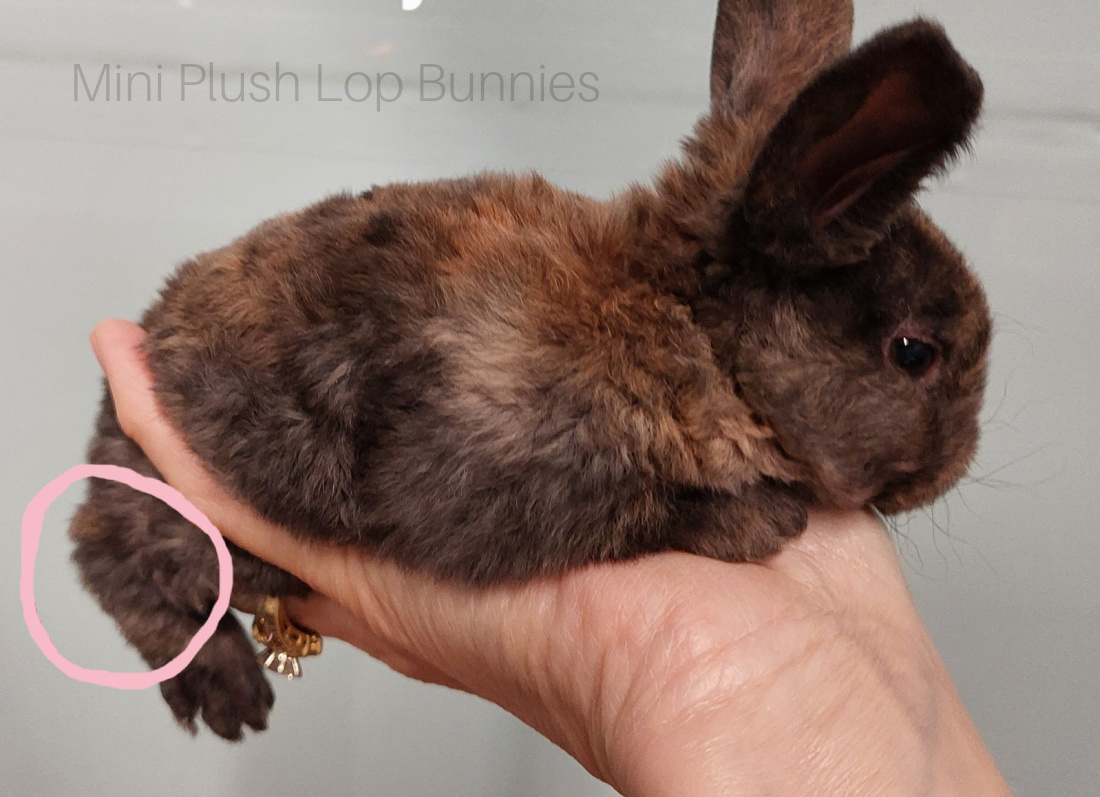
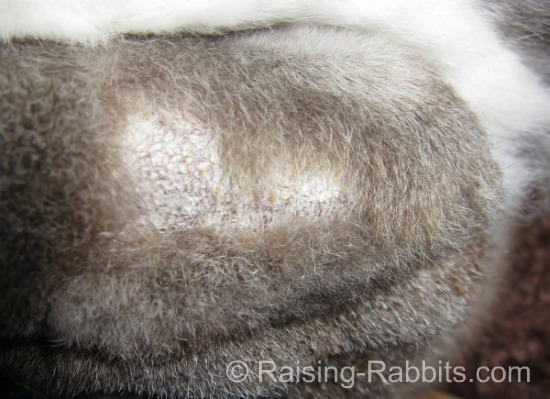
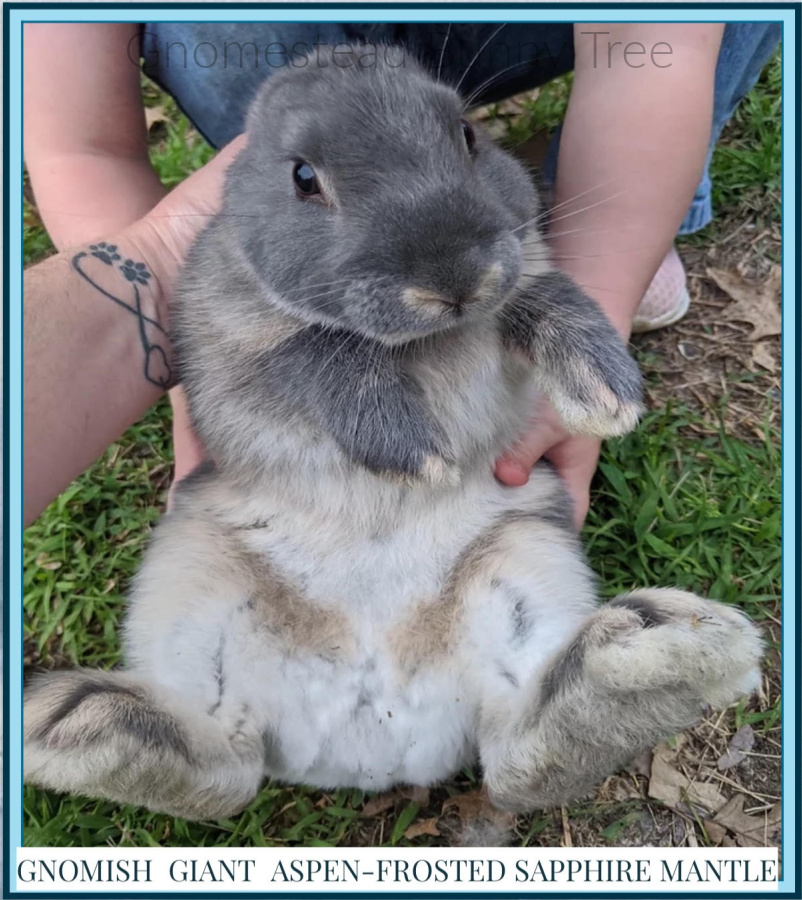

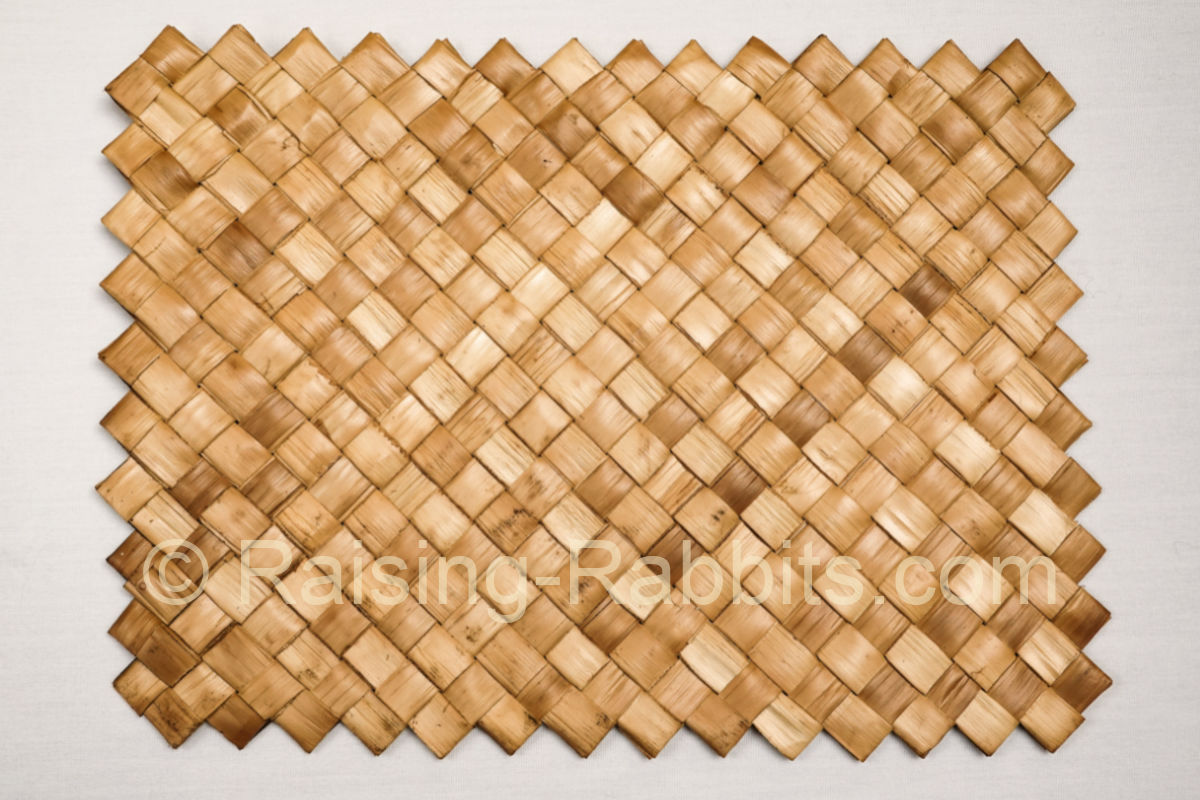
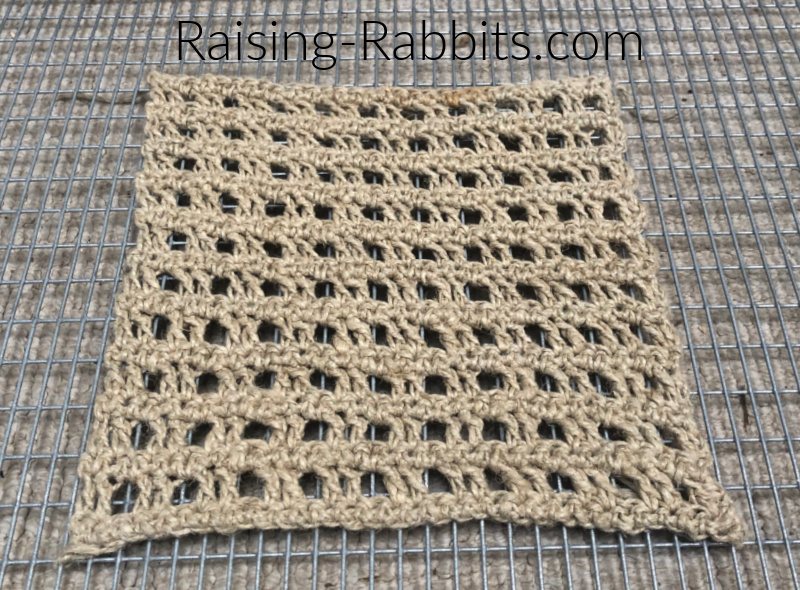
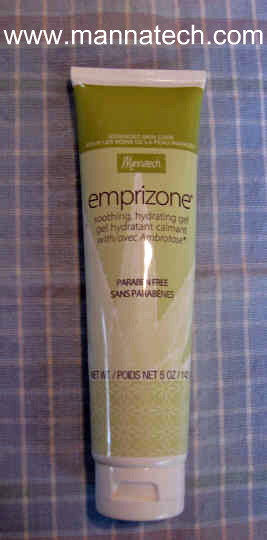
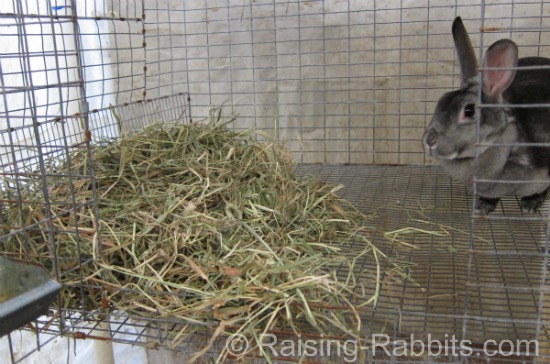
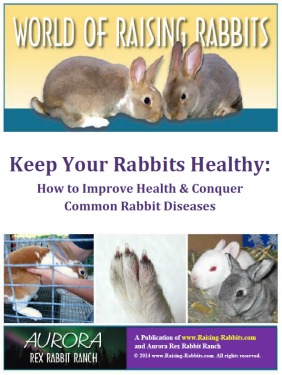
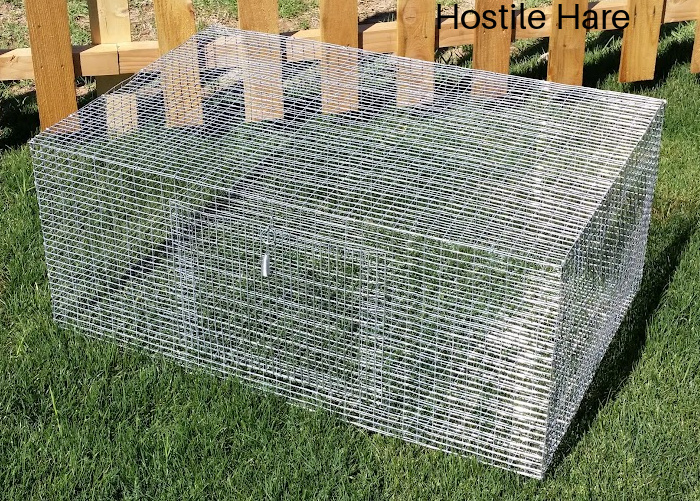
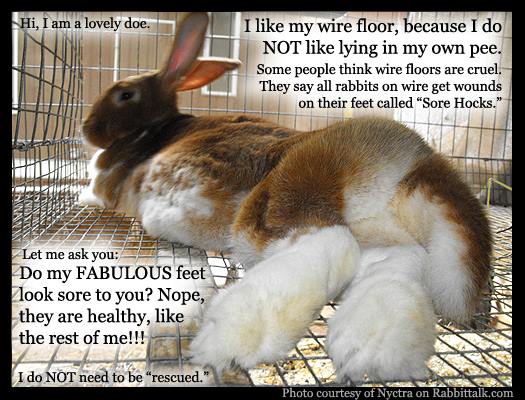










New! Comments
Have your say about what you just read! Leave me a comment in the box below.